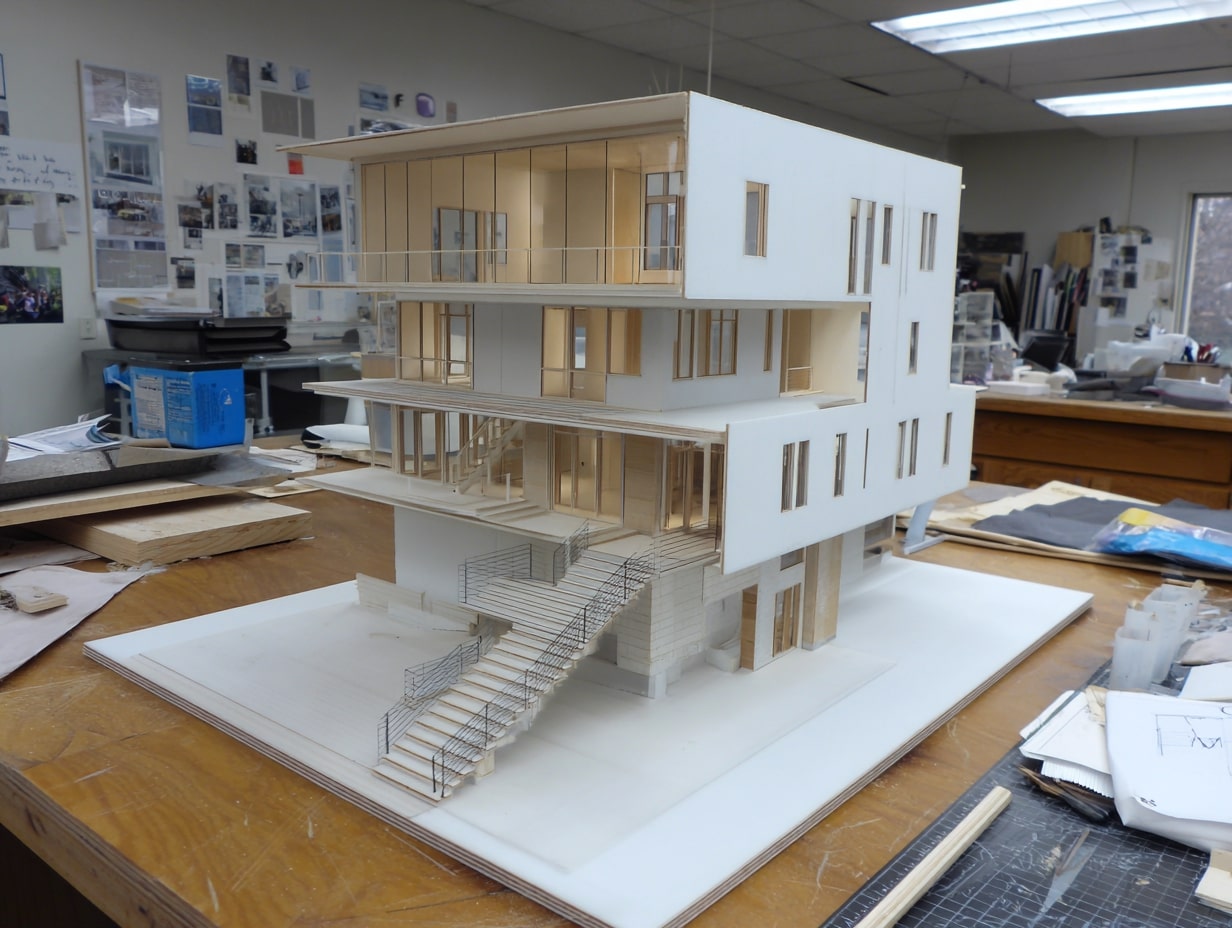- Home
- Articles
- Architectural Portfolio
- Architectral Presentation
- Inspirational Stories
- Architecture News
- Visualization
- BIM Industry
- Facade Design
- Parametric Design
- Career
- Landscape Architecture
- Construction
- Artificial Intelligence
- Sketching
- Design Softwares
- Diagrams
- Writing
- Architectural Tips
- Sustainability
- Courses
- Concept
- Technology
- History & Heritage
- Future of Architecture
- Guides & How-To
- Art & Culture
- Projects
- Interior Design
- Competitions
- Jobs
- Store
- Tools
- More
- Home
- Articles
- Architectural Portfolio
- Architectral Presentation
- Inspirational Stories
- Architecture News
- Visualization
- BIM Industry
- Facade Design
- Parametric Design
- Career
- Landscape Architecture
- Construction
- Artificial Intelligence
- Sketching
- Design Softwares
- Diagrams
- Writing
- Architectural Tips
- Sustainability
- Courses
- Concept
- Technology
- History & Heritage
- Future of Architecture
- Guides & How-To
- Art & Culture
- Projects
- Interior Design
- Competitions
- Jobs
- Store
- Tools
- More
10 Essential Books for Architecture Students to Read in 2024

By 2024, architecture students will have plenty to work with. Books are only one of the finest ways to be taught and inspired. These ten forms the kernel that students need to start from; from theory to generational milestones, from vernacular architecture to new design approaches, from the purpose of a building to its quotidian uses, these titles cover all bases.
Table of Contents
Toggle1. “Architecture: Form, Space, and Order” by Francis D.K. Ching
For every architecture student, this is the Bible! Ching opens complex architectural concepts to the layman’s eye with simple visuals and expositions and is an incredible information source for beginners and ever-experienced architects. I can see this book becoming their go-to reference to come back to, time and again, throughout their career.
So, for example, if you are an architecture student excited about learning more about your subject but could never hope to find the time with the assignments piling up, wondering, “Who can write me an essay online?” utilizing writing services can be a lifesaver. This way, you can learn more about architectural styles and history. You can use the services to offload some of your workload, ensure you do not get overwhelmed, and develop a deeper understanding of something you plan on spending your life on.
2. “Sustainable Design: A Critical Guide” by David Bergman
A timely text on sustainable architectural design, Bergman’s discussion goes well beyond the superficial explanation of why sustainable practices are essential to offer a comprehensive look at how architectural plans can effectively combine the two. This book is a must-read for any student seeking to simultaneously design aesthetically pleasing and environmentally conducive structures.
3. “The Eyes of the Skin: Architecture and the Senses” by Juhani Pallasmaa
His seminal text is a must-read for anyone interested in the sensory experience of architecture. Juhani Pallasmaa writes: “Architecture is the art of reconciliation between ourselves and the world, and this mediation takes place through the senses.” Students who read this book will think about architectural space and design differently.

4. “Complexity and Contradiction in Architecture” by Robert Venturi
Although at first glance it’s a simple argument against modernist architecture (richness in architectural form is always better than simplistic modernist design) – it reminds students, ever so slowly, that the world is perhaps better reflected in more complex ways. If a student’s work starts to look like a church, our book undertakes a humble, creative criticism: forget about the church.
5. “Delirious New York: A Retroactive Manifesto for Manhattan” by Rem Koolhaas
In 2023, only 43.4% of children and young people aged 8 to 18 in the UK reported enjoying reading, and less than 30% said they read daily. Despite these dwindling numbers, texts like Rem Koolhaas’s exploration of Manhattan’s architectural and cultural history can captivate students. Koolhaas’s book, rich with urban history, serves as a bridge connecting readers with the intricate stories of the buildings and spaces around them, potentially reigniting their passion for reading through engaging and relevant content.
6. “Towards a New Architecture” by Le Corbusier
Modern architecture, also known as modernist architecture, emerged in the early 20th century and is characterized by a functional approach that emphasizes simplicity, eliminating ornament, and using new materials like glass, steel, and concrete, encapsulating a design philosophy where form follows function. Le Corbusier is one of the founders of modern architecture, encapsulating his vision for the future of the profession and the contemporary form and function he believed were crucial for all future designs. The careful use of modern materials such as steel and glass to build upon industrial processes has been the hallmark of much architectural practice ever since.
7. “Thinking Architecture” by Peter Zumthor
Here, Zumthor traces his own designer’s philosophy back to its roots, emphasizing the emotional life of a building and the craftsmanship of the people who make it. This book will provide a strong presence in the studio, inspiring students to think about the imponderable qualities that endow space with its own life.
8. “Architectural Drawing” by David Dernie
It is point-by-point instruction in the prosodic practices of architectural drawing: The ink line and the pen-top techniques of the “left-handed” drawing methods are very different. They have also been adapted for use with digital architectural drawing tools. It is an essential resource for the student trying to devise a way of visualizing and showing their design.
9. “Invisible Cities” by Italo Calvino
Italo Calvino’s “Invisible Cities” is not a textbook, but it offers architectural students valuable insights:
- Imaginary Urban Designs: The novel explores ideal and imaginary cities.
- Space-Time Dynamics: It examines how space and time interplay.
- Reality Perception: Calvino challenges traditional perceptions of reality.
- Creative Inspiration: The book encourages thinking about unconventional spaces.
These elements make “Invisible Cities” an engaging read for architecture students looking to expand their creative horizons and rethink the fundamentals of urban design.
10. “The Poetics of Space” by Gaston Bachelard
His philosophy of “the poetry of space” (as the subtitle of this book characterizes Bachelard’s thinking on intimate space) remains a classic work of architectural theory. By urging us to think about space only through its “emotional and poetic aspects,” he inspires us to believe – or rather, hope – that feelings can mold how architects design.
Final Thoughts
Together, these books offer insights – lessons to help future architecture students in 2024 see, work, and think differently. Here’s a concise table summarizing essential books for architecture students, each paired with a brief description:
| Book Title and Author | Description |
| “Architecture: Form, Space, and Order” by Francis D.K. Ching | The definitive guide to architectural basics, using clear visuals and explanations to make complex concepts accessible for beginners and experienced architects. |
| “Sustainable Design: A Critical Guide” by David Bergman | It goes beyond the basics of sustainability to show how modern architectural plans can implement environmental considerations effectively. |
| “The Eyes of the Skin: Architecture and the Senses” by Juhani Pallasmaa | Advocates for a sensory-rich approach in architecture argue that engaging all senses leads to more profound spatial experiences. |
| “Complexity and Contradiction in Architecture” by Robert Venturi | It challenges modernist orthodoxy by promoting a richer and more intricate architectural form. |
| “Delirious New York: A Retroactive Manifesto for Manhattan” by Rem Koolhaas | A vibrant narrative that dives into the architectural and cultural history of Manhattan, sparking creativity and passion for urban design. |
| “Towards a New Architecture” by Le Corbusier | Presents foundational modernist principles, emphasizing functionalism and using new materials in building design. |
| “Thinking Architecture” by Peter Zumthor | Zumthor shares his philosophy of creating emotional resonance through architecture, emphasizing the importance of craftsmanship. |
| “Architectural Drawing” by David Dernie | Offers practical instruction on architectural drawing, covering traditional and digital techniques. |
| “Invisible Cities” by Italo Calvino | Explores imaginative urban landscapes, encouraging architects to think beyond conventional design boundaries. |
| “The Poetics of Space” by Gaston Bachelard | A philosophical exploration of intimate spaces, urging architects to consider space’s emotional and poetic aspects. |
Each book provides unique insights and tools, encouraging architectural students to explore diverse approaches and deepen their understanding of architectural design.
Author: Donnie Jackson
Donnie Jackson’s expertise is in helping students better understand and explain complex environments, making his writing applicable to specific but broad categories of study: architecture and design education. His writing has been published in international journals. His analytical tone gives a clear overview of complex issues, and his suggestions are designed to provide practical advice.
illustrarch is your daily dose of architecture. Leading community designed for all lovers of illustration and #drawing.
Submit your architectural projects
Follow these steps for submission your project. Submission FormLatest Posts
American Architecture Styles That Shaped a Nation
Explore American architecture styles from Colonial to modern—key features, icons, and timelines...
How Environmental Planning Shapes Modern Architecture in Houston
Houston does not design buildings in a vacuum. Every structure rises inside...
Smart Steps for Repairing Your Garage
Keeping your garage safe and reliable is mostly about steady habits and...
Why Scale Matters in Architecture
Why Scale Matters in Architecture: see how human, building, and urban scales...












Leave a comment